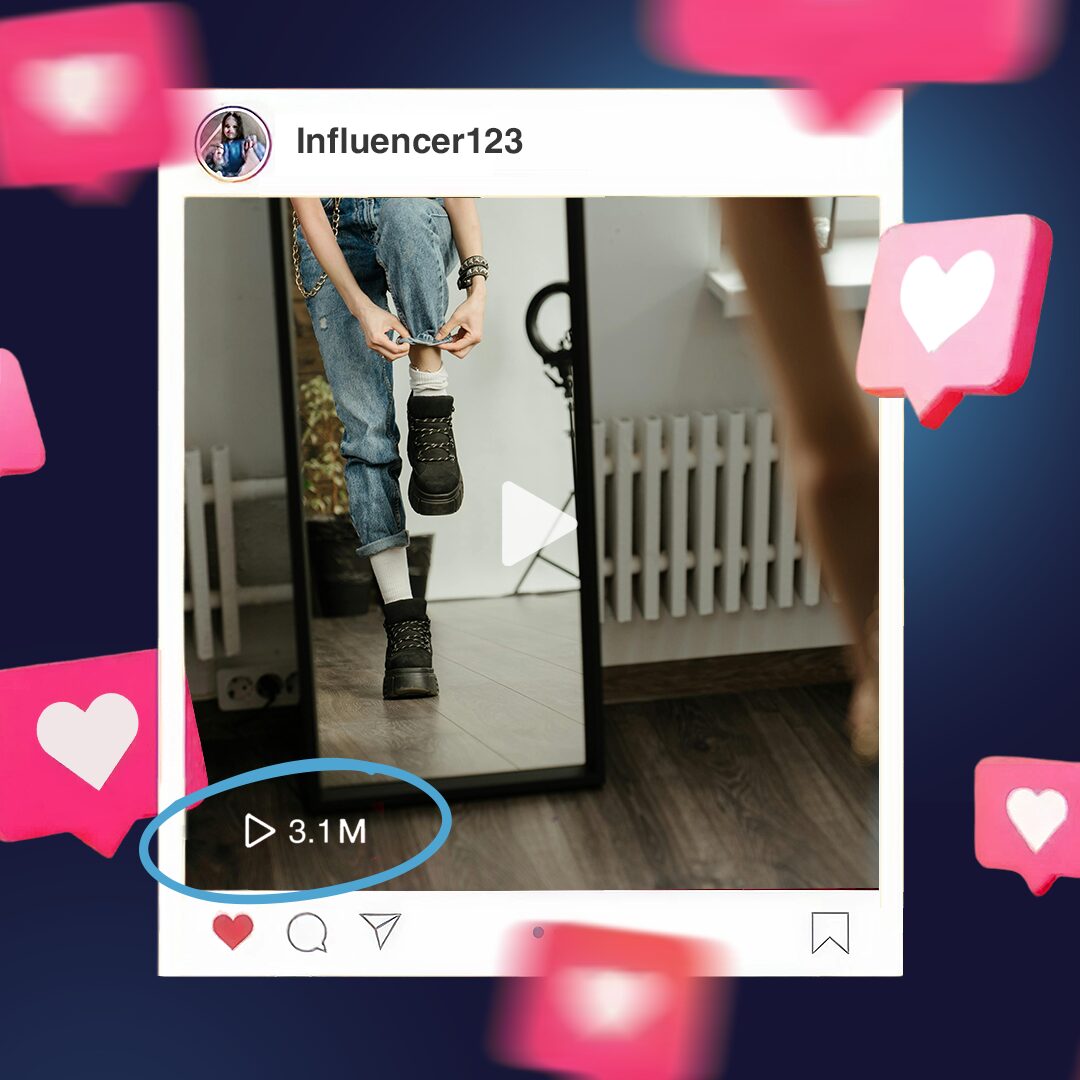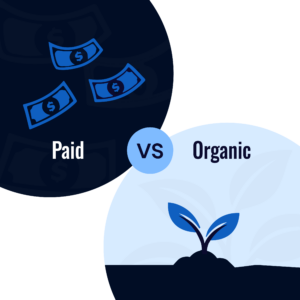5 Types of Influencer Marketing Every Brand Should Know
Influencer marketing has evolved into a multifaceted discipline. Today, brands can choose from a range of collaboration models that serve different purposes—some generate awareness, some drive conversions, and others simply provide high-quality creative assets. Understanding the distinctions between these approaches is critical for building a scalable and effective influencer program.
Seeding
Seeding is often the first step for brands entering influencer marketing. In this model, products are gifted to creators with no contractual obligation to post. The value lies in authenticity — when an influencer genuinely enjoys the product, their endorsement feels natural and credible. While not every package sent will result in content, those that do tend to resonate deeply with audiences. For example, Backbone recently gifted their newest controller to a creator who organically shared it on social media, praising the product without any paid incentive. That kind of genuine enthusiasm builds trust and lays the groundwork for long-term partnerships.

Sponsored Posts
Sponsored posts represent the traditional model of influencer marketing: a brand pays for guaranteed placement. These collaborations allow for precise timing around product launches, seasonal campaigns, or cultural moments, while giving brands control over key messaging. The benefit of this structure is predictability—brands know their product will be featured to a defined audience. However, success depends heavily on alignment. When a fashion label partners with lifestyle influencers who already embody its aesthetic, the sponsorship feels less like a transaction and more like an authentic recommendation.
For example, @carawolder, a calisthenics influencer, partnered with Lululemon for a one-time sponsored post. In the campaign, Lululemon collaborated with Cara to showcase their new workout shorts, which she featured naturally in her workout video. The result was a piece of content that blended seamlessly with her regular fitness posts—authentic, aspirational, and aligned with the brand’s active lifestyle identity.

Affiliate Partnerships
Affiliate marketing shifts the model from upfront payment to performance-based compensation. Influencers receive a commission for every sale generated through their unique link or discount code. This approach minimizes financial risk for brands while incentivizing creators to continuously promote products. Affiliate programs work best when influencers maintain strong credibility and trust with their followers, since conversions depend on audience loyalty.
For example, many TikTok creators participate in affiliate partnerships where they earn a percentage of each sale made through their link. This model has become extremely common today especially in the fitness and athleisure apparel space. It transforms influencers into true business partners, aligning their incentives directly with the brand’s growth.

Whitelisting
Whitelisting is a more advanced strategy that merges the authenticity of influencer content with the precision of paid media. By granting a brand permission to run ads through their social accounts, influencers allow their content to reach audiences far beyond their organic following. This setup maintains the trust and familiarity of the influencer’s voice, while giving the brand control over targeting, budget, and optimization.
Because the ad appears to come directly from the influencer’s handle, it feels more native and personal than a traditional brand ad. The result is often higher engagement, stronger click-through rates, and improved conversion efficiency. Performance data consistently shows that whitelisted ads outperform standard brand creative—especially in industries like beauty, fitness, and technology, where peer-to-peer credibility drives purchase decisions.
For example, chef Gordon Ramsay’s partnership with HexClad demonstrates the power of this model. The brand runs paid ads through Ramsay’s social accounts, leveraging his authority and personality to promote their cookware. The content looks and feels like his authentic recommendation, yet it’s strategically optimized and distributed by HexClad’s paid media team. This type of collaboration exemplifies how whitelisting can transform influencer partnerships into scalable, performance-driven campaigns.

Content-Only Deals
Content-only partnerships focus less on the influencer’s audience and more on their ability to create compelling, platform-native content. In this model, influencers are contracted to produce photos, videos, or user-generated content that the brand then deploys across its own channels. This approach addresses the ever-increasing demand for fresh creative in digital advertising. A fashion retailer, for example, might hire micro-influencers to produce TikTok try-on hauls—not for their following, but because the content format itself is proven to perform. Similarly, food companies commission recipe reels that double as both organic and paid assets. Content-only deals transform influencers into agile, outsourced creative studios.
For example, @elanathefoodie’s collaboration with Starburst showcases this model perfectly. She created a video highlighting their new flavor, capturing the brand’s playful tone and vibrant aesthetic in a way that felt authentic and native to TikTok. Rather than relying on her personal audience to drive sales, Starburst repurposed her content across their own social channels and paid campaigns. By doing so, they gained engaging, high-performing creative built on real creator insight—without the unpredictability of influencer reach. This structure allows brands to scale authentic storytelling efficiently, turning creator content into a powerful asset library for advertising, social media, and beyond.

Final Thoughts
Influencer marketing has evolved from one-off collaborations into an integrated growth channel. The real impact comes when brands treat creators as long-term partners—aligning creative, data, and distribution to drive measurable outcomes. When executed intentionally, these relationships blur the line between storytelling and performance, creating content that not only converts but compounds in value over time.










